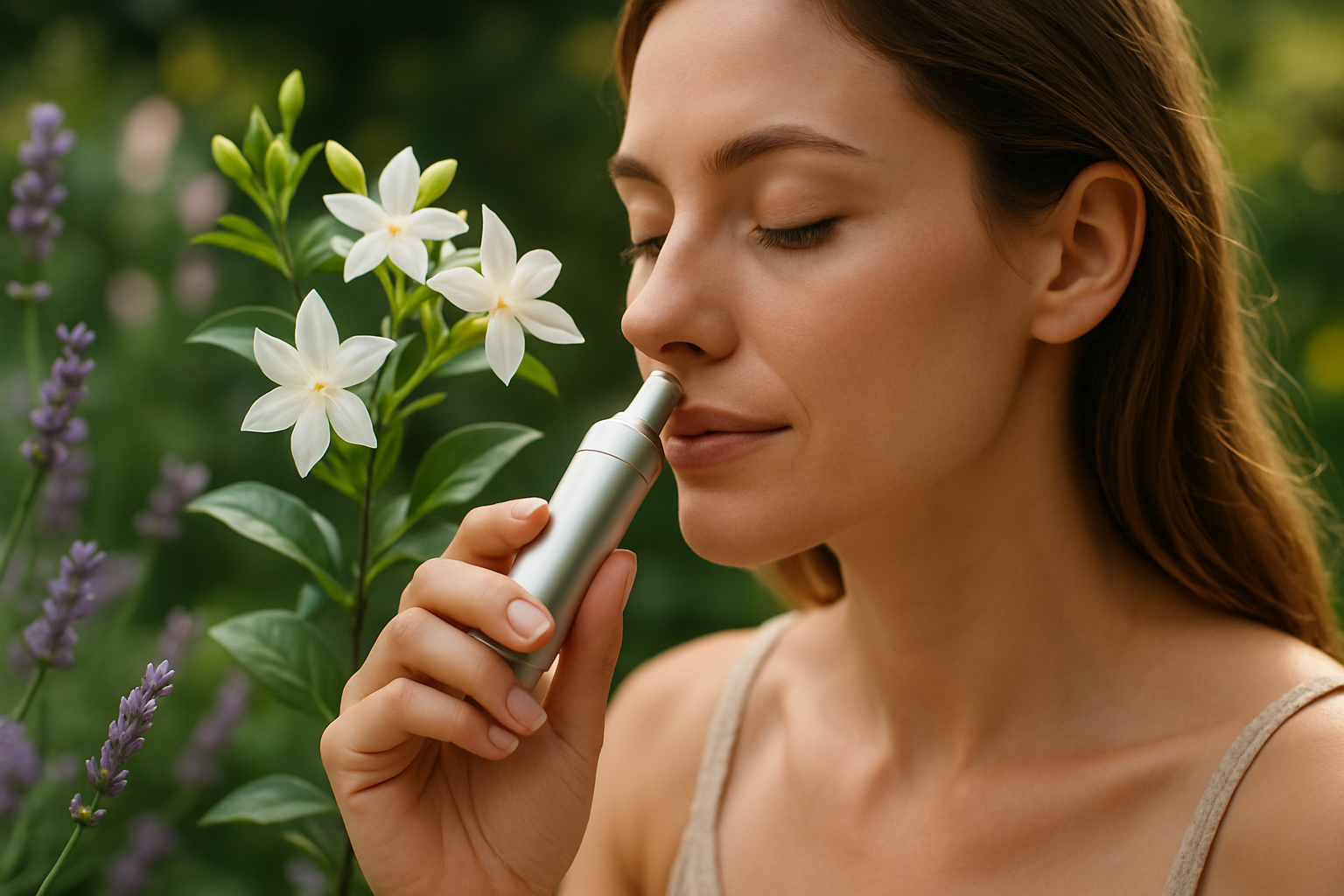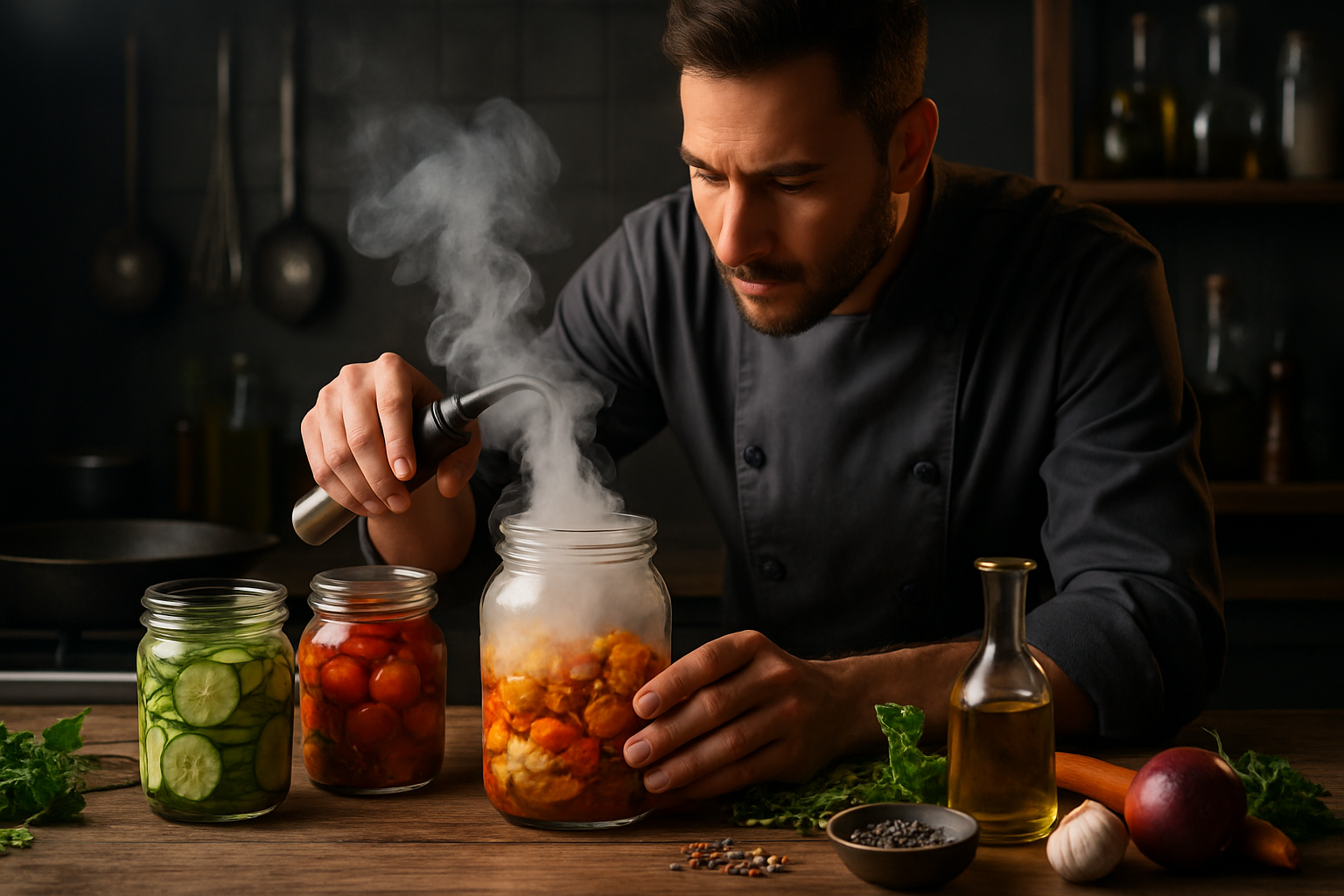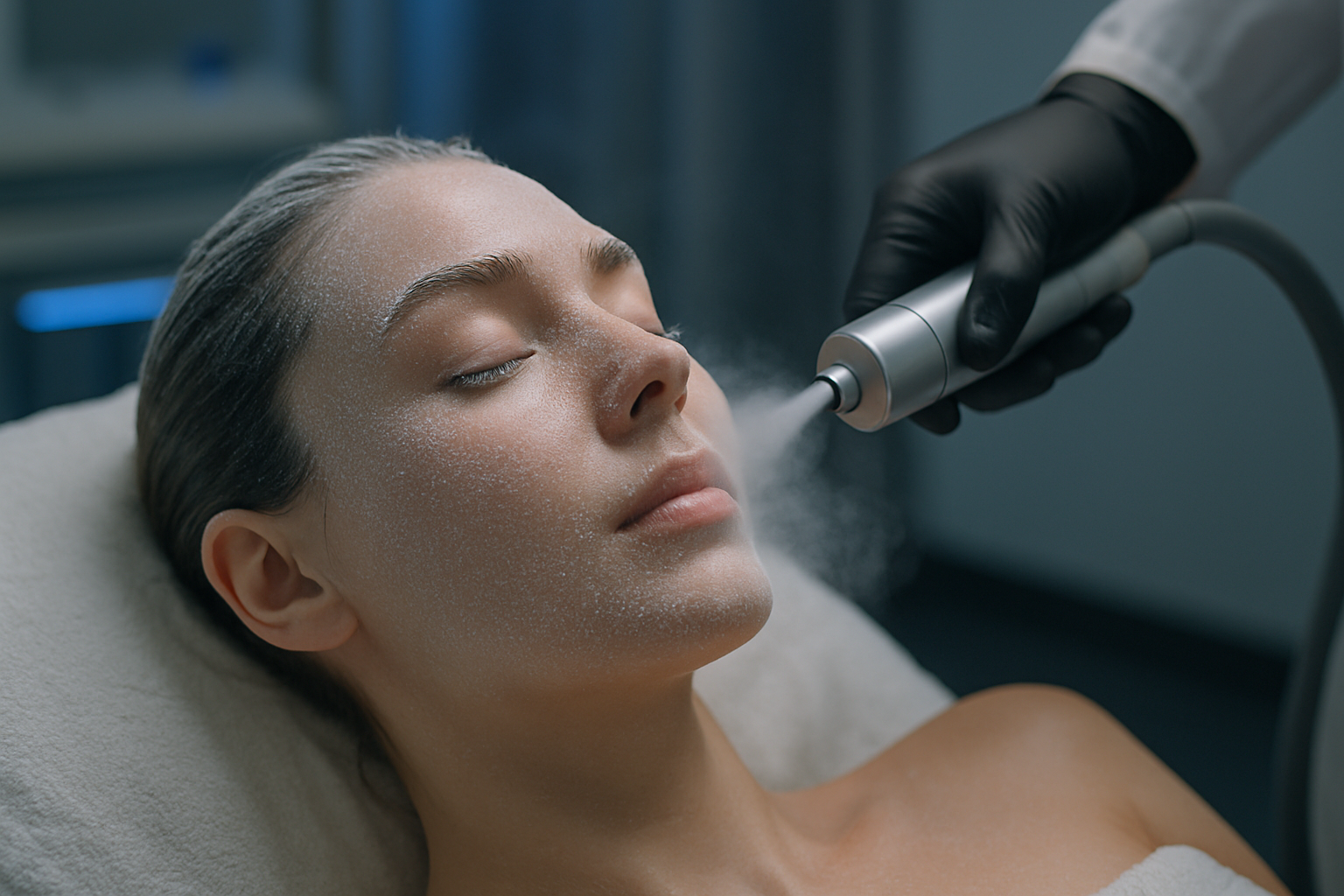Blossom Breath: The Rise of Floral Inhalation Therapy
Imagine walking through a lush garden, surrounded by vibrant blooms and intoxicating fragrances. Now, picture harnessing that sensory experience for your wellbeing. This is the essence of floral inhalation therapy, a burgeoning trend in the beauty and wellness industry that's capturing the attention of health enthusiasts and aromatherapy aficionados alike. Rooted in ancient practices yet reimagined for modern lifestyles, this innovative approach to self-care promises a bouquet of benefits for both body and mind. As we delve into the world of floral inhalation therapy, we'll explore its origins, applications, and the science behind its potential to transform our daily routines.

The modern revival of floral inhalation therapy can be traced back to the early 20th century when aromatherapy began to gain scientific recognition. Rene-Maurice Gattefosse, a French chemist, coined the term “aromatherapy” after discovering the healing properties of lavender oil on a burn. This sparked a renewed interest in the therapeutic use of plant essences, including those derived from flowers.
The Science of Scent
At the heart of floral inhalation therapy lies the intricate relationship between our olfactory system and the brain. When we inhale floral scents, volatile organic compounds enter our nasal passages and interact with olfactory receptors. These receptors then send signals to the olfactory bulb, which communicates with areas of the brain responsible for emotion, memory, and even physiological responses.
Research has shown that certain floral scents can have measurable effects on our mental and physical state. For instance, lavender has been found to reduce anxiety and improve sleep quality, while jasmine may enhance mood and cognitive performance. The field of psychoneuroimmunology is shedding light on how these olfactory stimuli can influence our immune system and stress responses, providing a scientific basis for the age-old practice of “stopping to smell the roses.”
Modern Applications in Beauty and Wellness
Today’s floral inhalation therapy goes beyond simply enjoying a pleasant scent. Innovative products and practices are emerging to integrate this therapy into daily beauty and wellness routines. Floral steam facials, for example, combine the benefits of steam for skin health with the therapeutic properties of flower essences. Users report improved complexion, reduced stress, and a sense of overall rejuvenation.
In the realm of fitness, some forward-thinking gyms and yoga studios are incorporating floral inhalation stations into their spaces. These areas allow members to inhale carefully curated blends of floral scents before or after workouts, potentially enhancing performance and recovery. Some athletes swear by the energizing effects of citrus blossom inhalation before high-intensity training sessions.
The Blooming Market for Floral Inhalation Products
As consumer interest grows, the market for floral inhalation products is blossoming. From personal inhalers filled with pure flower essences to high-tech diffusers that can be controlled via smartphone apps, there’s a wide range of options for enthusiasts. Luxury beauty brands are launching limited edition floral inhalation kits, while wellness retreats are offering immersive experiences centered around this therapy.
One particularly interesting development is the rise of “scent wardrobing” – the practice of curating a collection of floral scents to suit different moods and occasions. Just as one might choose clothing or makeup to express themselves, individuals are now selecting floral inhalations to enhance their emotional state or complement their environment.
Sustainability and Ethical Considerations
As with any trend that relies on natural resources, the growth of floral inhalation therapy raises important questions about sustainability and ethical sourcing. The demand for high-quality, pure flower essences puts pressure on ecosystems and farming communities. Industry leaders are responding by implementing fair trade practices and supporting regenerative agriculture techniques that promote biodiversity.
Some companies are exploring innovative solutions, such as using biotechnology to create lab-grown flower scents that are molecularly identical to their natural counterparts. This approach could potentially reduce the environmental impact while still providing the therapeutic benefits of floral inhalation.
Integration with Holistic Health Practices
Floral inhalation therapy is increasingly being integrated into holistic health practices. Acupuncturists are experimenting with incorporating specific floral scents into their treatments to enhance the effects of needle placement. Massage therapists are using customized floral inhalation blends to deepen relaxation and target specific concerns like headache relief or improved circulation.
Mental health professionals are also taking note. Some therapists are exploring the use of floral inhalation as a complementary tool in treating anxiety and depression. The immediate, non-invasive nature of scent-based interventions makes them an attractive option for clients seeking natural approaches to managing their mental health.
The Future of Floral Inhalation Therapy
As research in neuroscience and phytotherapy advances, we can expect to see even more sophisticated applications of floral inhalation therapy. Personalized scent profiles based on genetic testing and individual health goals may become commonplace. Virtual reality experiences enhanced with synchronized floral scents could offer immersive therapeutic environments for stress relief and meditation.
The intersection of technology and nature in floral inhalation therapy represents a fascinating frontier in the beauty and wellness industry. It embodies a return to ancient wisdom, validated by modern science, and adapted for contemporary lifestyles. As we continue to seek natural, holistic approaches to health and wellbeing, the gentle power of flower-scented breath may prove to be a transformative tool in our self-care arsenal.
In a world that often feels chaotic and disconnected from nature, floral inhalation therapy offers a moment of pause – a chance to literally stop and smell the flowers. Its growing popularity reflects a broader shift towards mindful, sensory-rich experiences in our quest for wellness. As this practice continues to evolve, it promises to add a fragrant dimension to our understanding of beauty, health, and the intricate connection between body and mind.





